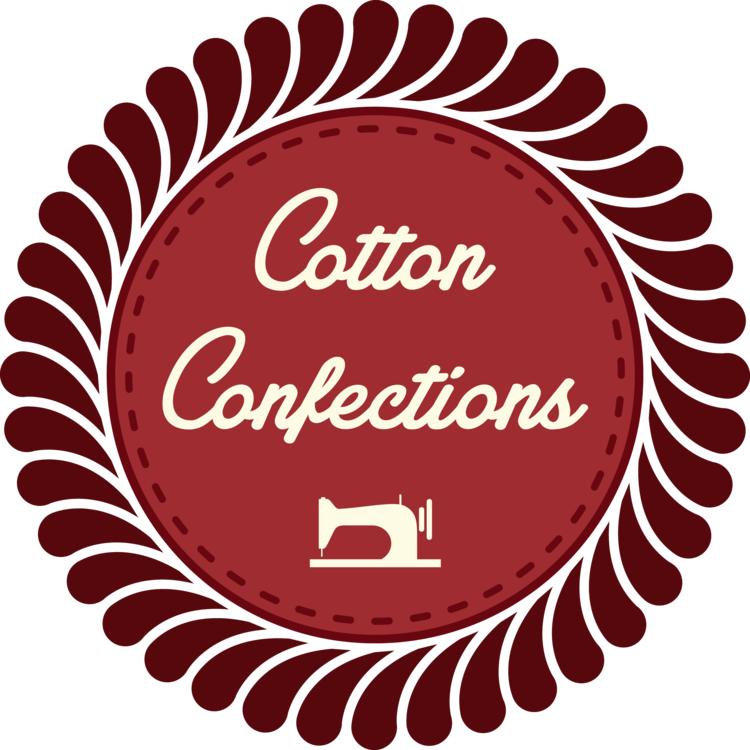Remember the blocks I showed in March? I added a few more... My sampler quilt is one step closer to being completed!
These are the four blocks I added recently to the sampler family.
These are 8" blocks! Accuracy? Checked!
I push myself hard for accuracy, indeed.
Yup I made another "Keep Calm and Sew On" panel. This time with retro fabrics. Also, the "cushion" is in invisible machine applique instead of raw-edged. The "needles" and "thread" were hand-embroidered.
I used glue stick and cuticle pushy and nail cleaner sticks to prepare the applique pieces.
Oh yes. I will challenge myself with a floral border for my sample quilt. Stay tuned to see the finished quilt!



